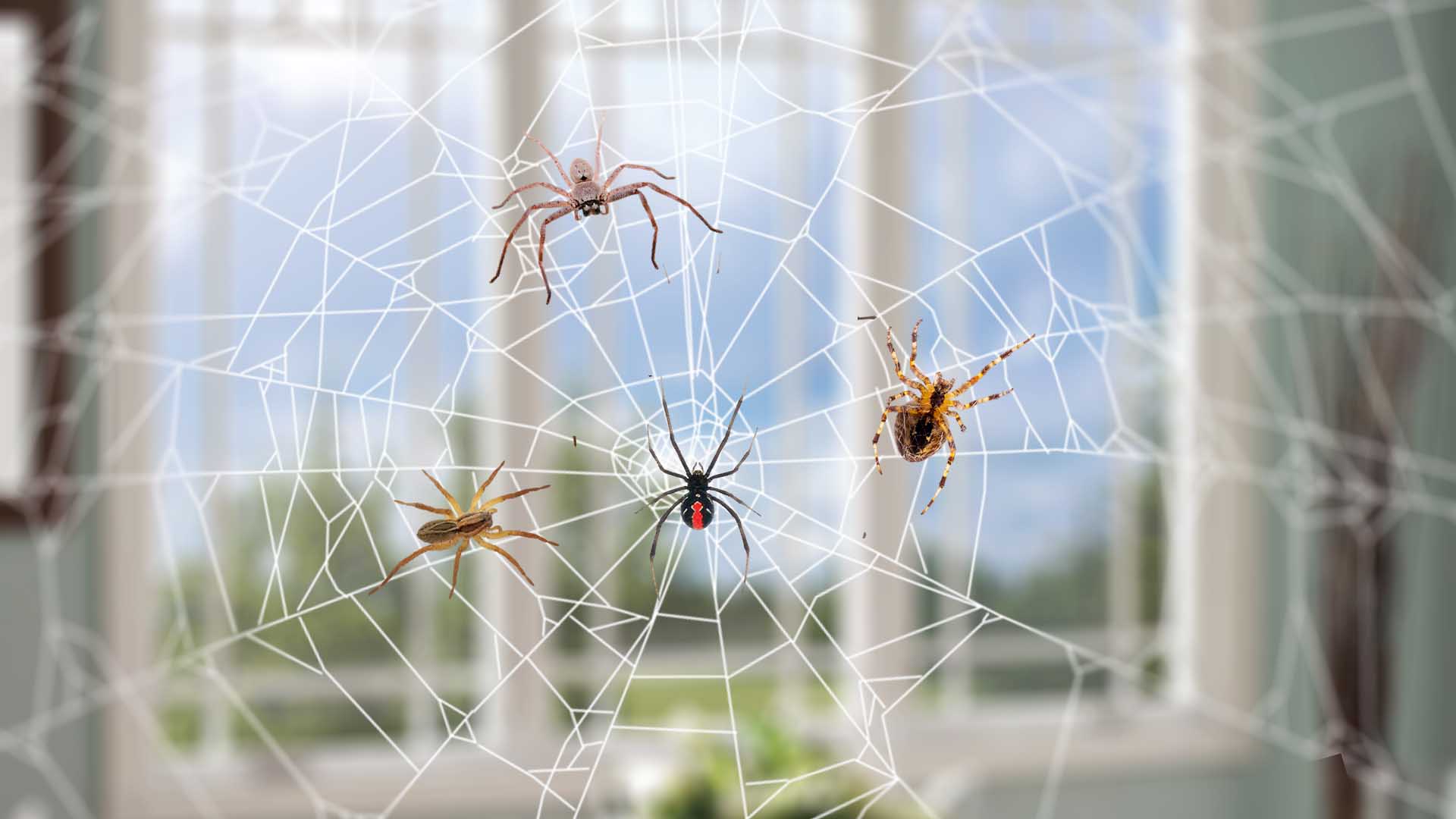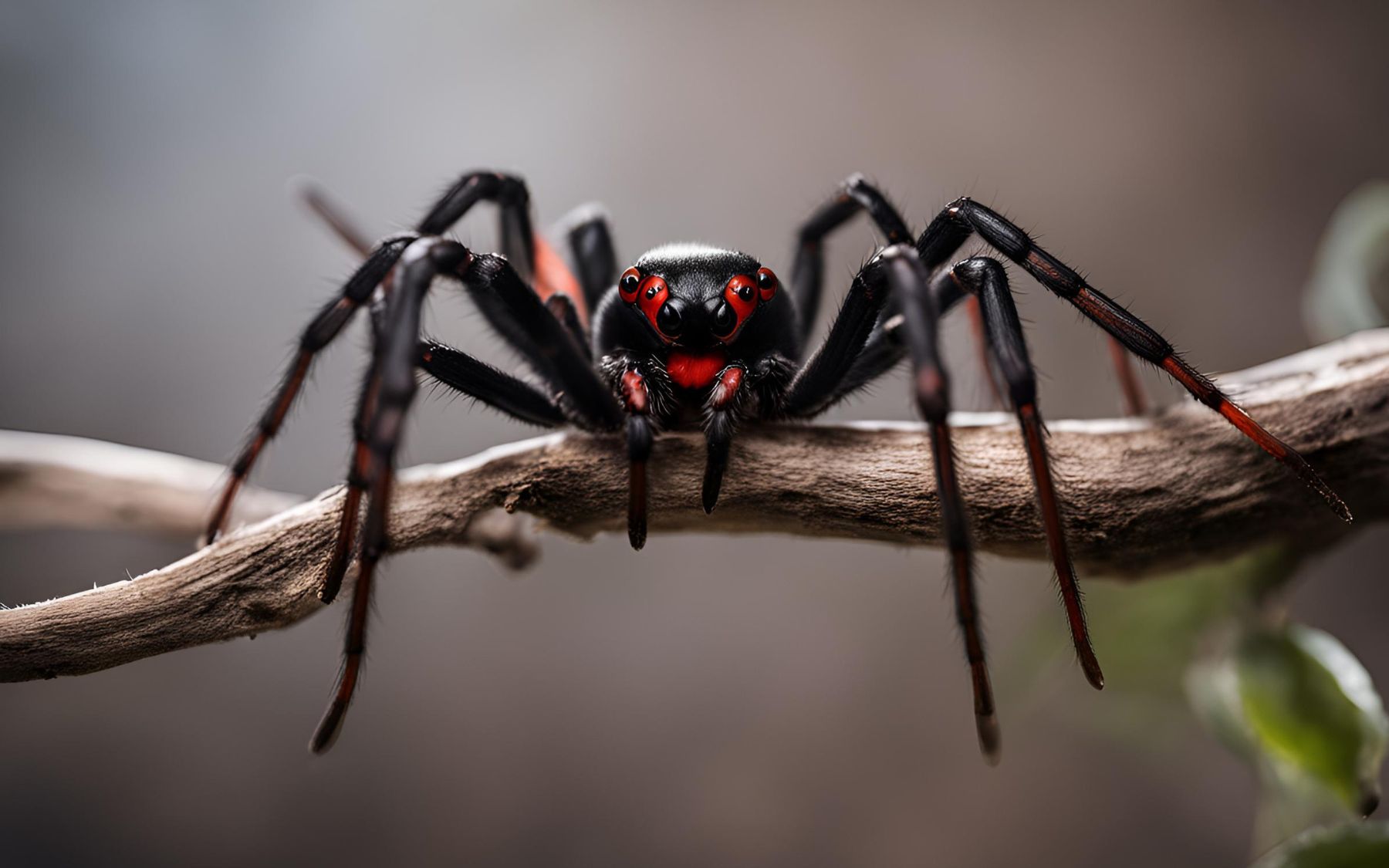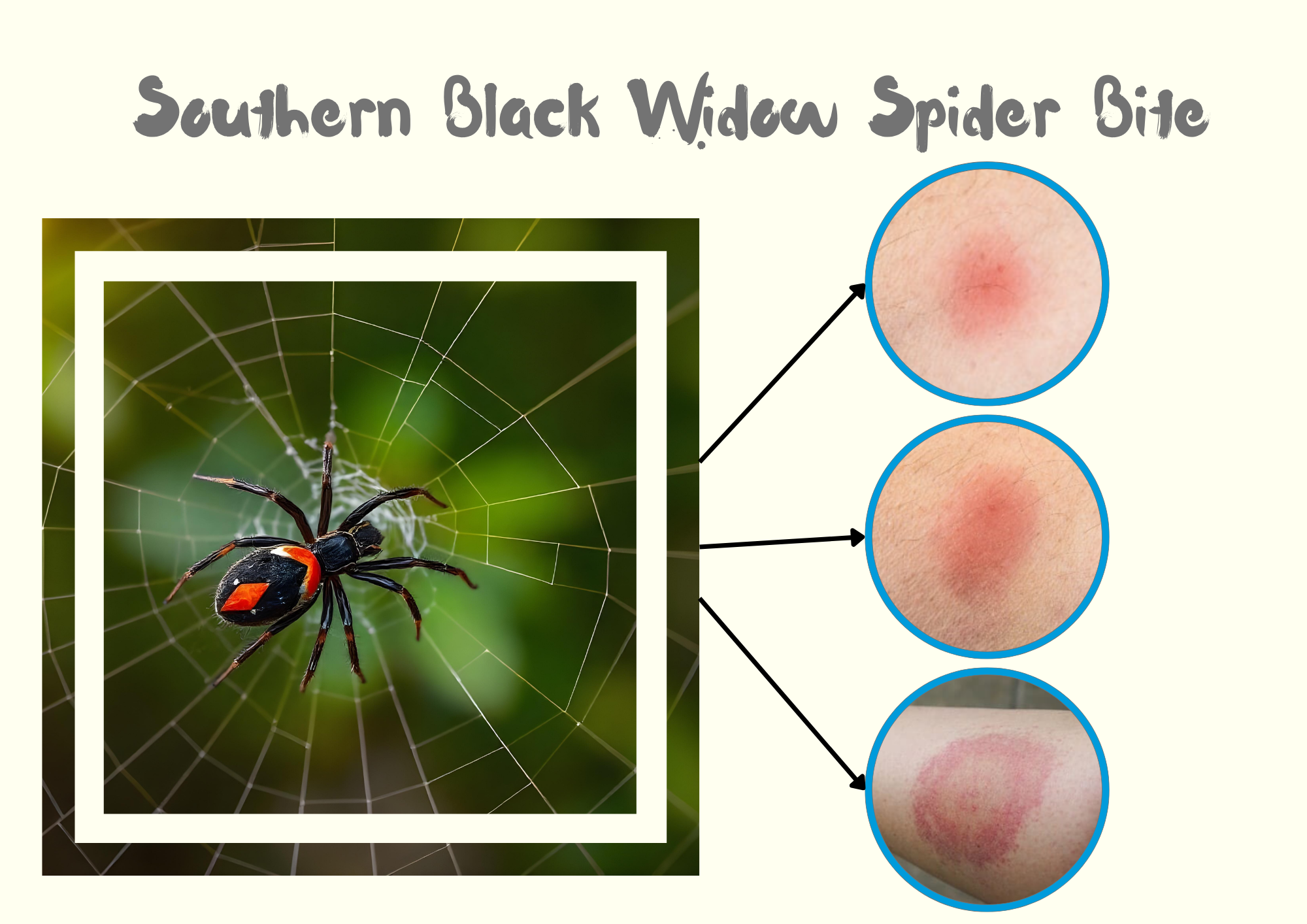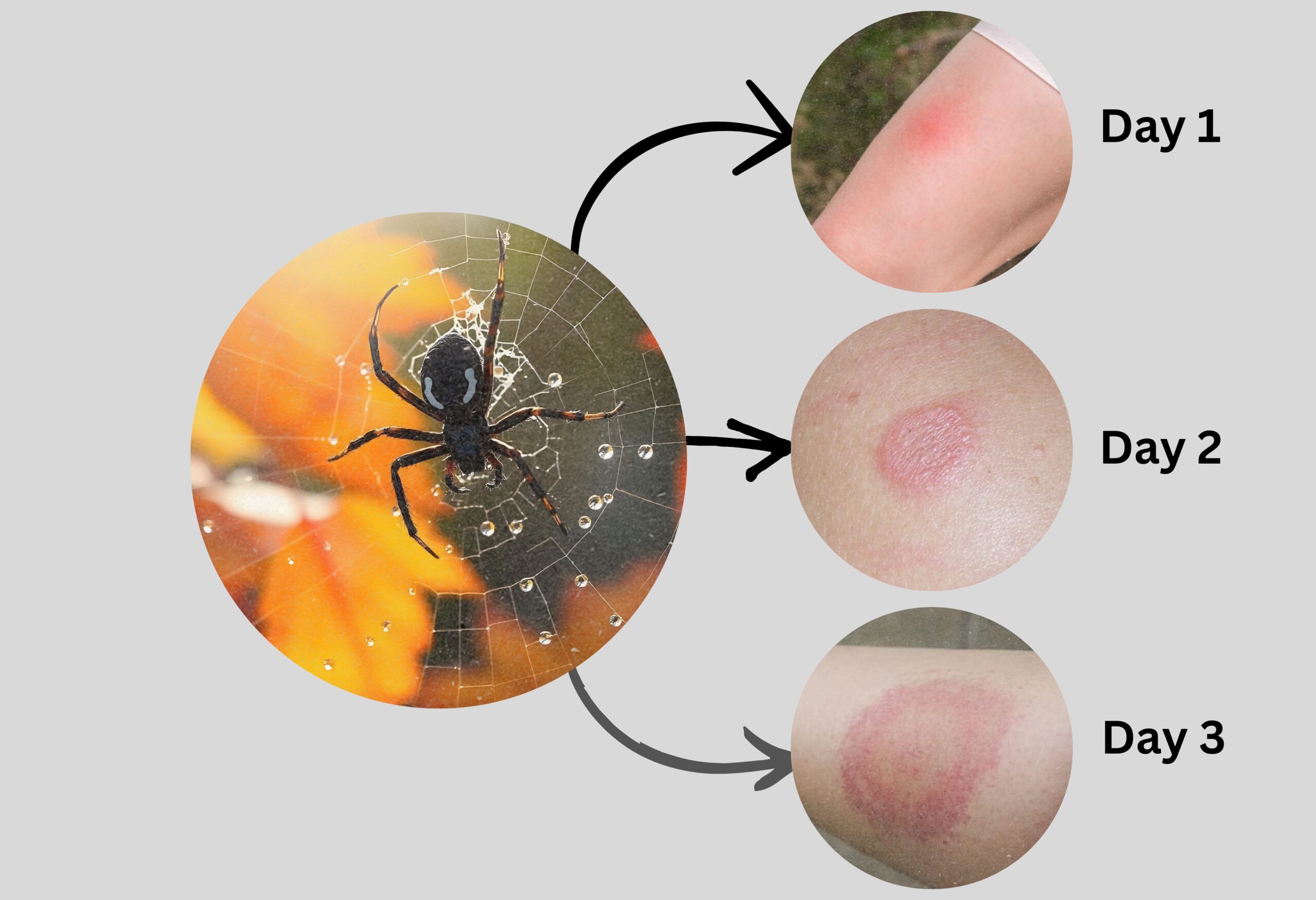As a curious observer of the world around me, I have often found myself captivated by the intricate lives of the smallest creatures that share our living spaces. One such creature that has consistently piqued my interest is the small house spider. These unassuming arachnids have a remarkable role to play in maintaining the delicate balance of our indoor ecosystems.
Here, I will recount my observations of what small house spiders eat and how they manage their hydration needs, shedding light on their intriguing dietary habits and behavior.
What Do Small House Spiders Eat?
Small house spiders primarily eat insects that get caught in their webs. Their diet includes flies, mosquitoes, moths, and other small flying insects. Some species of house spiders also exhibit ambush-hunting behavior, where they hide and pounce on unsuspecting insects that come close. Once captured, spiders use their venom to liquefy and pre-digest their prey’s internal organs, making it easier to consume. In times of scarcity, small house spiders may resort to cannibalism or derive moisture and nutrients from their captured prey.
A Web of Nutrition: The Spider’s Diet
It is a common sight to find small house spiders adorning the corners and crevices of our homes with their intricate webs. These silken structures serve as both homes and hunting grounds for these skilled predators. My observations have shown that the diet of small house spiders primarily revolves around insects that unwittingly stumble into their carefully spun traps.
- Caught in the Web: Small house spiders, armed with their keen senses, are quick to detect vibrations caused by insects becoming ensnared in their webs. My observations have revealed that their prey often includes flies, mosquitoes, moths, and other small flying insects that inadvertently fly into their sticky traps. The spider’s web acts as a larder where they can patiently wait for their next meal.
- The Ambush Hunters: While some house spiders are passive hunters, others are more aggressive and exhibit tactics akin to ambush predators. These spiders take advantage of their well-camouflaged appearance to lurk near places where insects are likely to wander. When a potential meal gets close enough, they pounce with impressive speed, using their venomous fangs to subdue their prey.
- Feasting on Prey: Once the spider captures its prey, it employs a combination of silk and venom to immobilize and liquefy the prey’s internal organs. This enables the spider to suck up the resulting liquid, effectively pre-digesting the prey outside its body. This method of predigestion reduces the energy required for digestion and allows the spider to absorb nutrients more efficiently.
- Cannibalistic Tendencies: Small house spiders are not averse to cannibalism, especially in situations where food is scarce. I have observed instances where smaller spiders fall victim to their larger counterparts, highlighting the ruthless competition that exists even within the confines of our homes.
Quenching the Thirst: Spider Hydration
In addition to their diet, the hydration needs of small house spiders have also captured my attention. While humans rely on easily accessible water sources, these arachnids have evolved unique mechanisms to manage their hydration.
Water Absorption: Unlike mammals, small house spiders do not drink water in the conventional sense. Instead, they absorb moisture through specialized structures known as “book lungs” or “tracheae,” which are located on the underside of their abdomen. These structures facilitate gas exchange and allow the spider to absorb water vapor from the air. This adaptation is crucial for their survival, as it enables them to conserve water efficiently.
Hydration from Prey: My observations have shown that small house spiders can also derive a portion of their required moisture from their prey. The fluids within their captured insects contain water, which is extracted during the process of predigestion. This not only supplements their water intake but also underscores the resourcefulness of these tiny predators.
Adapting to Dry Environments: Small house spiders have shown remarkable resilience in adapting to varying humidity levels. During periods of low humidity, they exhibit behaviors such as reducing their activity and seeking sheltered spots to prevent excessive water loss. This adaptive behavior ensures their survival even in the driest of conditions.
What Do Small House Spiders Drinks
Small house spiders do not drink water in the same way humans do. They absorb moisture through specialized structures called “book lungs” or “tracheae,” located on their abdomen’s underside. These structures facilitate gas exchange and allow the spiders to extract water vapor from the air. Additionally, they can derive some moisture from the fluids of their captured prey during the digestion process. This unique adaptation helps them efficiently manage their hydration needs in diverse environments.
Conclusion
My journey into the world of small house spiders has been nothing short of enlightening. These unobtrusive creatures have a significant impact on the balance of our indoor ecosystems, serving as natural pest controllers while surviving on a diet primarily consisting of insects that unwittingly venture into their intricately woven webs. Their unique adaptations for hydration, relying on both moisture absorption and fluids from their prey, are testaments to their remarkable ability to thrive in diverse environments.
As I continue to observe these fascinating arachnids, I am reminded that the tiniest inhabitants of our homes have stories to tell and lessons to impart. The next time you spot a small house spider spinning its delicate web, take a moment to appreciate the complexity of its dietary and hydration strategies—a reminder that even the smallest threads in the tapestry of life play an essential role in maintaining the delicate balance of our world.





